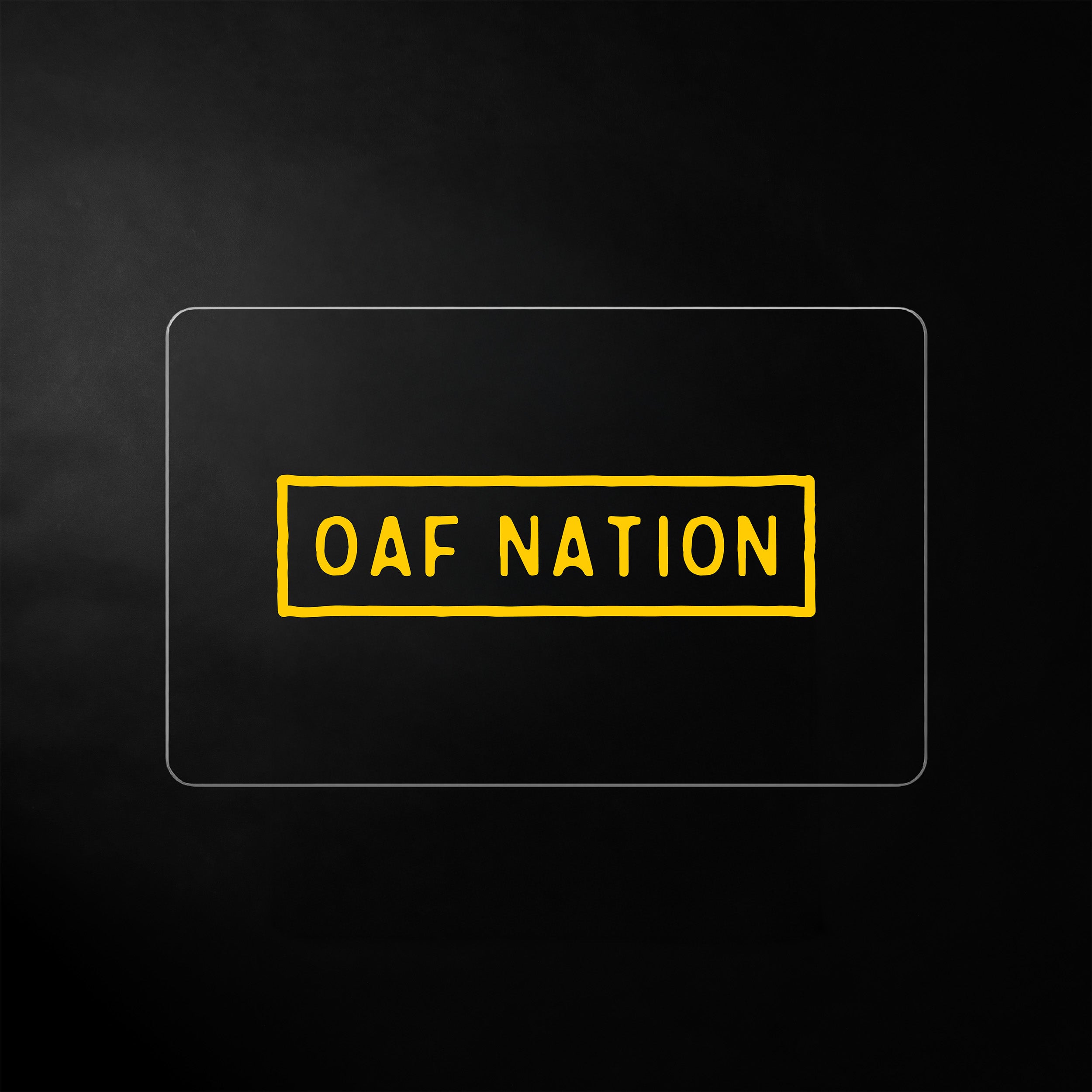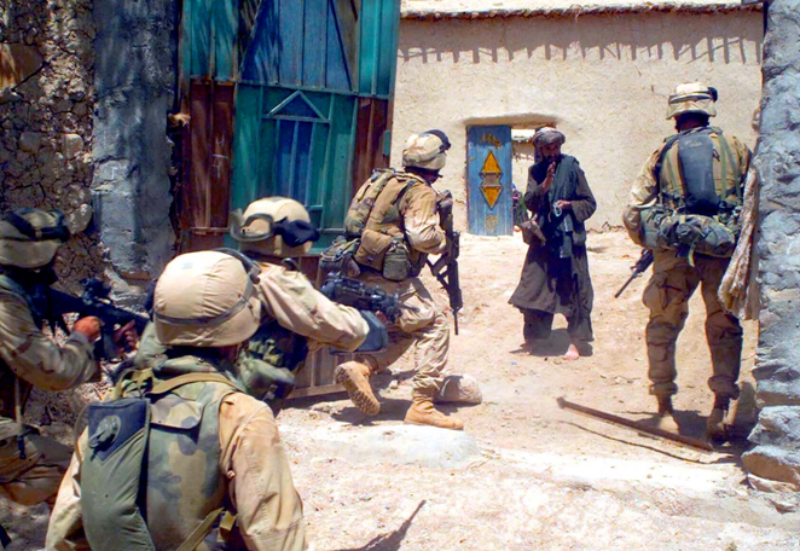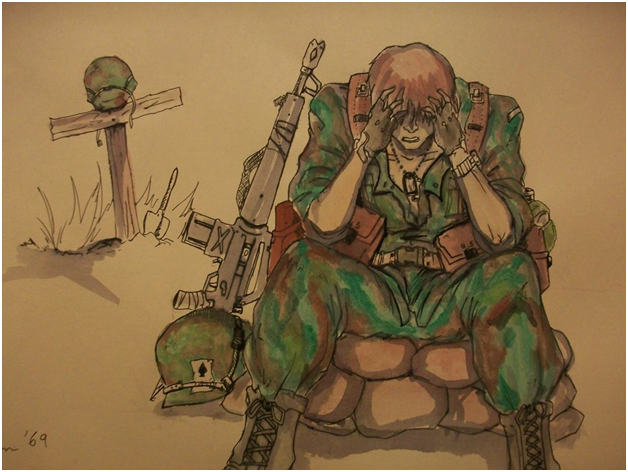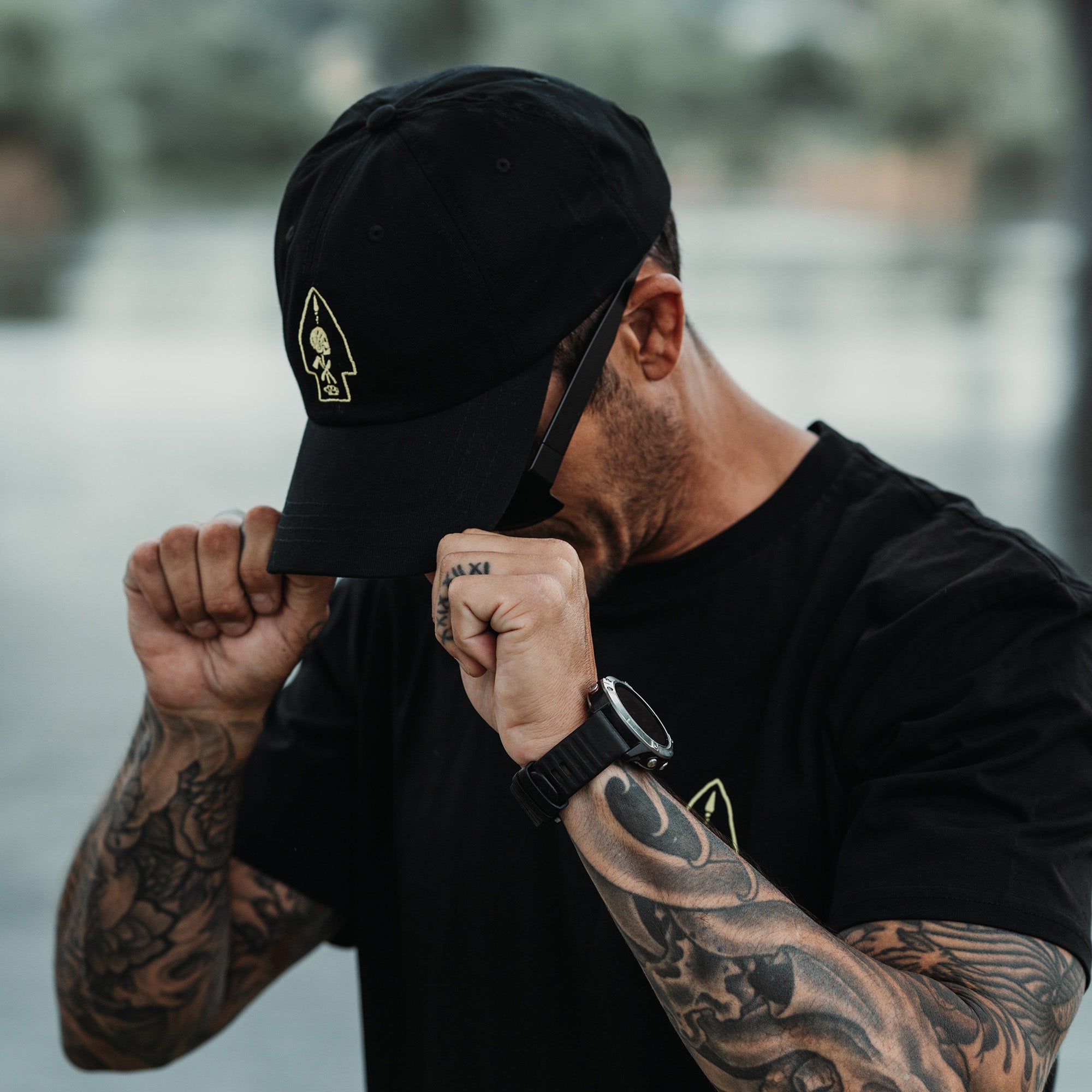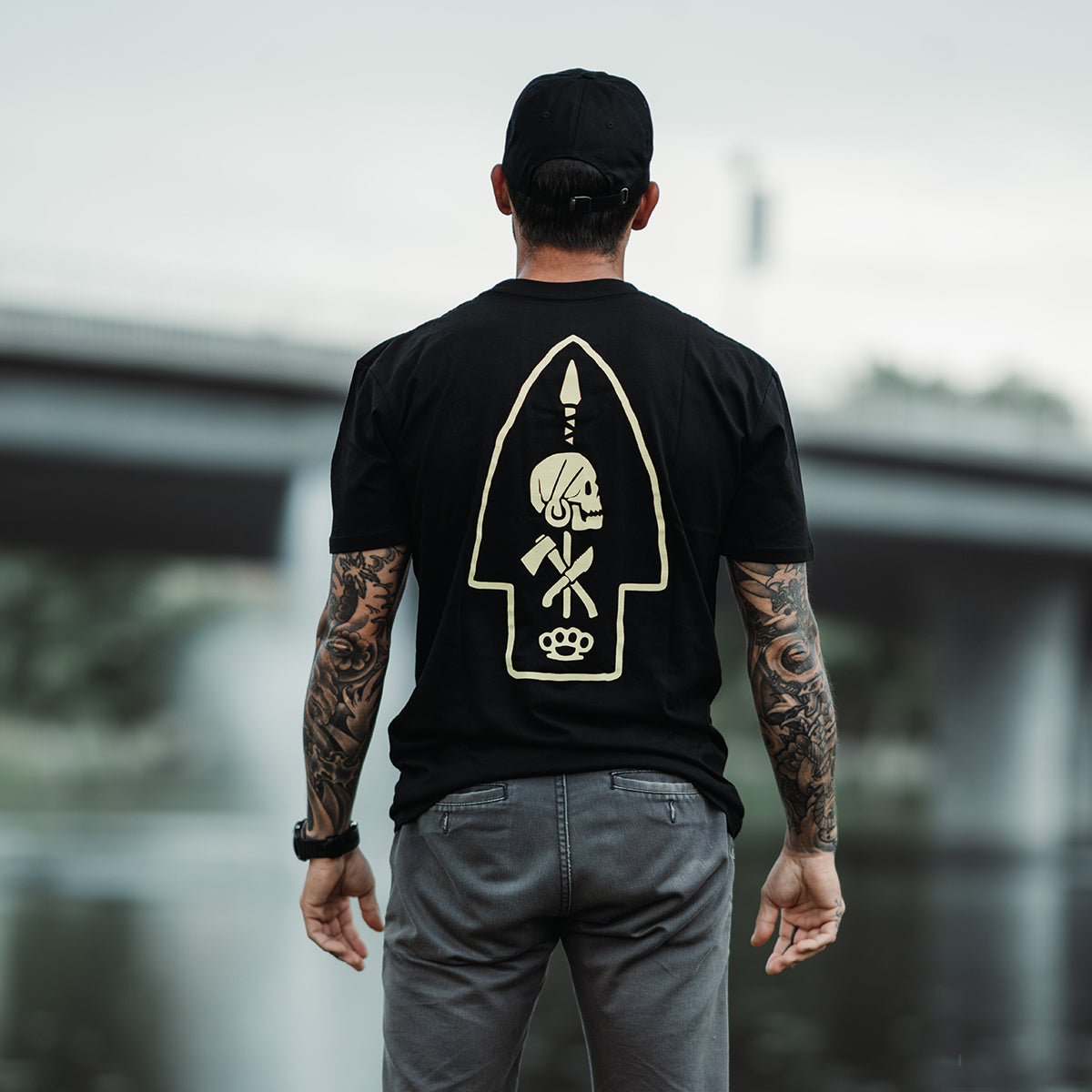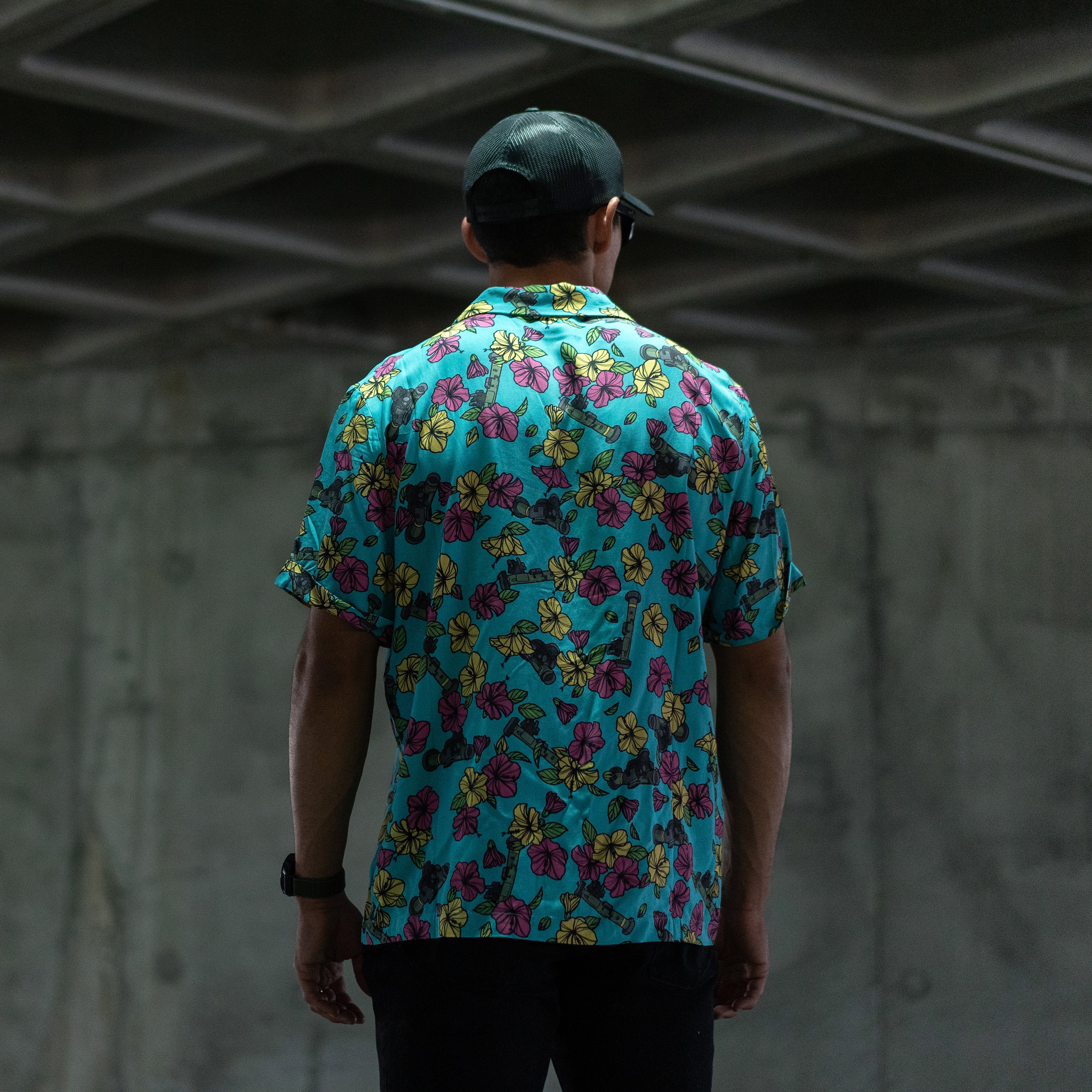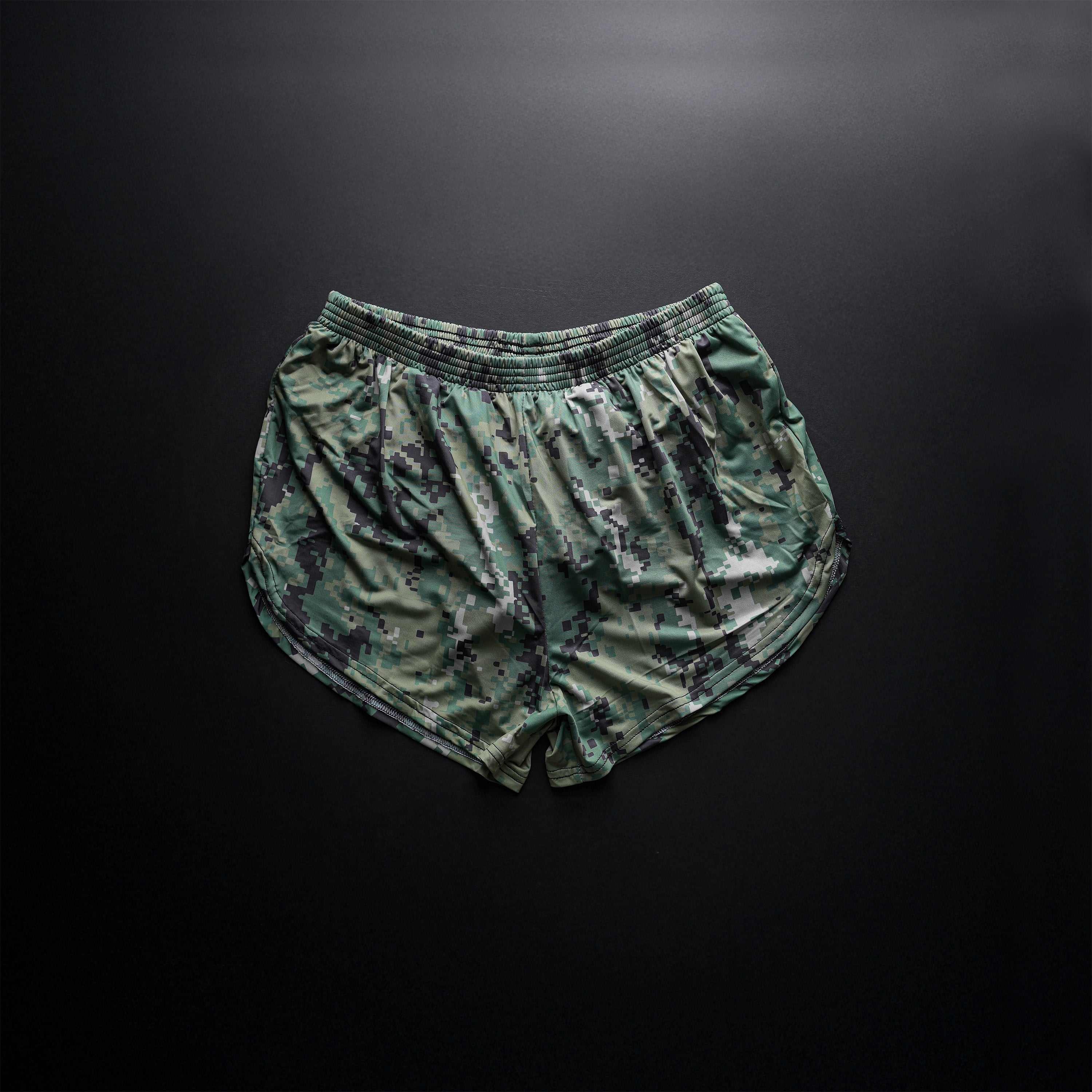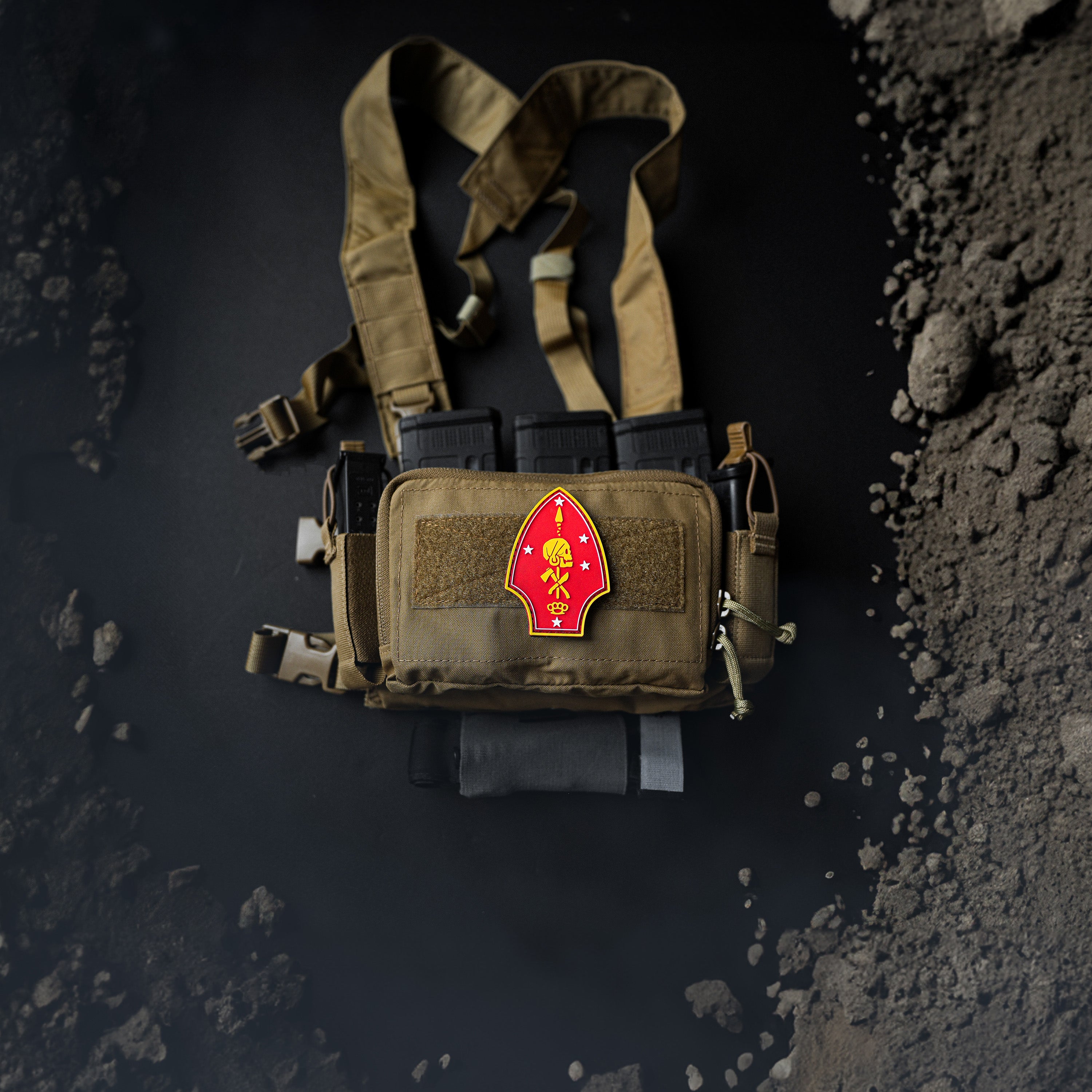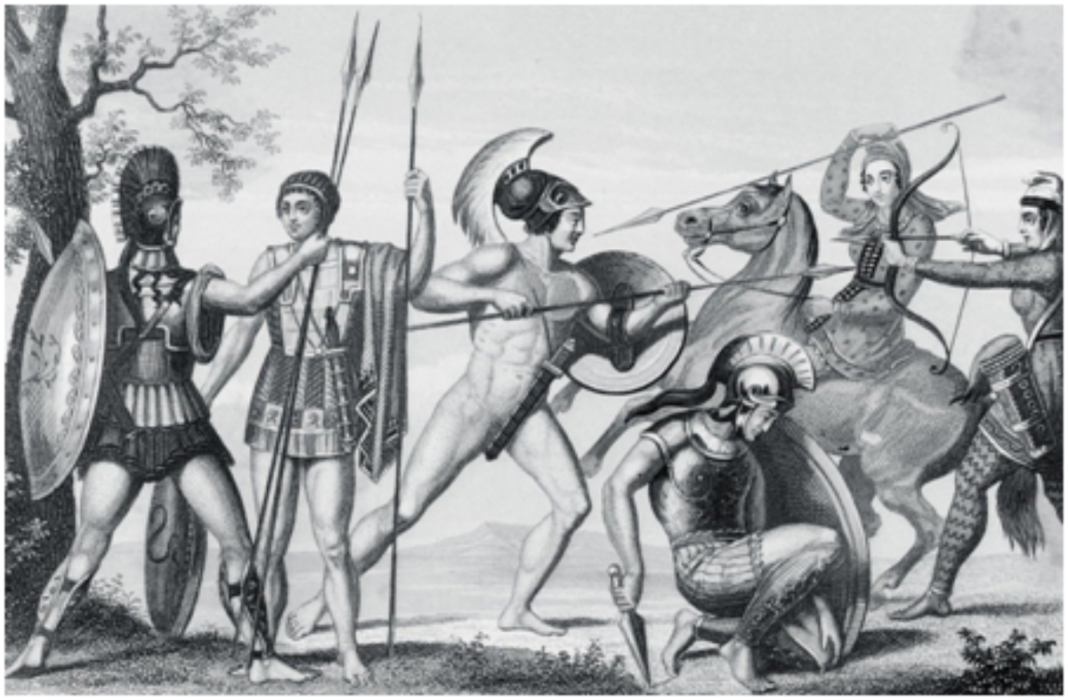
Gentleman Goon: A Case for the Warrior Artist

Warriors and art have gone hand in hand for millennia. The Epic of Gilgamesh, The Art of War, and of course, The Iliad and The Odyssey, for example. But warfare isn't the only subject of art. Warriors have been known to be artists themselves, and I would say the artistic, or creative side of a warrior is just as important as the warrior side.I would even go so far as to say that we, as a veteran culture, neglect our full potential and impair our resilience and lethality if we are just goons. Hear me out. Look at history. The Spartans. The Mongols. The Vikings. All top-tier warrior groups. While the people that birthed these warrior groups may have had art, the warriors themselves weren’t artists per se. In fact, the arts as we know it were most likely suppressed within the warrior class. Imagine a Spartan soldier - who headed his city-state's patriotic call to defend his people - with closet talents in music or dance. While these skills may not directly manifest themselves on the battlefield, they most likely appeared post-battle i.e. after a few drinks and in the company of the fairer sex. And while the soldier's skill to pull ass may be lauded, his phalanx sergeant's reaction to such flamboyant conduct would be “GTFO here with that shit” once Monday rolled around.But lest we forget: the samurai. The samurai were some of the best warriors in human history. But they weren’t just warriors. Culturally, they were expected to excel at poetry or calligraphy - or at least practice it - as they were in martial concerns. The samurai had something else after warfare besides returning to a farm - which is also a good thing, but another discussion for another time. They could tap into the thing that made them a holistic warrior.For the samurai, being able to create as well as destroy helped them understand their role in society and the universe at large. Their art was a means to communicate and see beauty in spite of the hardship of a warrior’s life. A samurai’s calligraphy or haiku gave them an outlet, a way to find peace in themselves and to stay grounded as humans. Art gave the samurai a connection to the outside. Humans are innately creative beings. That’s why for millennia we have painted pictures, made music, danced, and told stories. Creativity and art are in our DNA just like warfighting.This is why being a warrior artist is so important. We have to balance the creative and the martial. Too much war and not enough art equates to one-dimensional warfighters. And like the warfighters of our past, we as modern warriors find that life goes on after the armor comes off and the weapons are secured in the armory. We tend to shun the artistic as not “warrior enough” and only focus on the technical aspects of shooting, moving, and communicating and not much else - to the detriment of us and future generations. I am not saying we build time into a work-up for an art class. But I think we as vets or current active duty members need to impress upon the new generation of warriors the importance of art. Encourage them to take the time to be creative. Pick up a book, a pen, a camera, something that allows a warrior to be creative.If warriors learn to do something creative, to make art, then the warrior learns to communicate with the world he or she returns to. The warrior learns to see beauty in a world that often seems ugly. The ability to communicate and see something worthwhile in life, art in this case, is what resiliency is all about.In short, art makes resilient warfighters.Art also makes lethal warfighters.The creative mind, the artistic mind, sees more than one way to solve a problem. I tell my students that writing is essentially just problem solving. I encourage them to ask, “what story should I tell and how should I artfully tell it?” I am teaching them mental flexibility and how to communicate with the world around them. What if we taught that to our warriors? A warrior who can execute orders and adapt to problems as they arise on the modern battlefield, and to eventually come home and still communicate and see beauty…that is truly a fearsome opponent and a resilient human.One final point in the case for the warrior artist is this: Once upon a tribal time, the warriors of the community would go on a raid/hunt and return with the sufficient supplies required for their inner circle to survive another winter. Upon return, the warriors told their stories, or they danced and re-enacted the war for those who had not gone forward. That form of art, the re-telling of the story, reinforced the bond between the warrior and his community. Art bridged the gap between military and civilian, if you will.Civilians always want to know what it was like, and we get frustrated because it’s so hard to explain... and we get angry because we feel disconnected - myself included. But with art, I don’t have to explain what it’s like. I can let the civilian see for him or herself. Whether they agree or disagree is not my concern. I get to create, they get to experience... and perhaps bridges are built. We need more warrior artists.Every once in awhile I get a vet in a creative writing class... without fail the vet is pursuing a future career in business.. because that’s just what vets do. They don’t have time for art or the arts, they say. I was the same way when I got out. I wanted to take my classes, get the degree and go do something else. I remember telling one instructor that in my culture I’d get laughed at for being an artist. That has not been the case. In fact, quite the opposite.I am not saying all of us need to be professional painters, photographers, or even writers. But we are all warriors. Read a book outside your comfort zone. Go to a function you'd normally make fun of. Take a creative arts class... it will only enhance your journey to your next milestone.Make wine, make knives... make art to become a holistic warrior.
Written By Beelz
August 15, 2018

